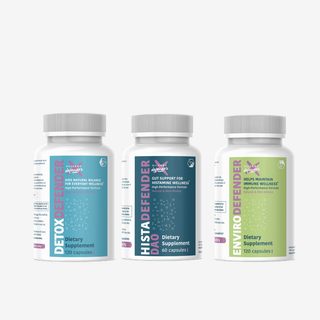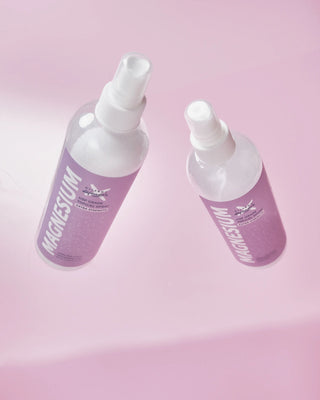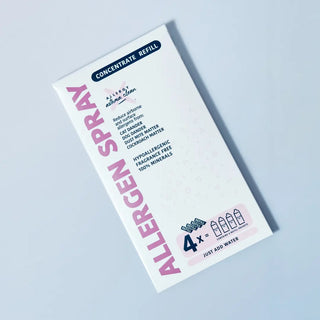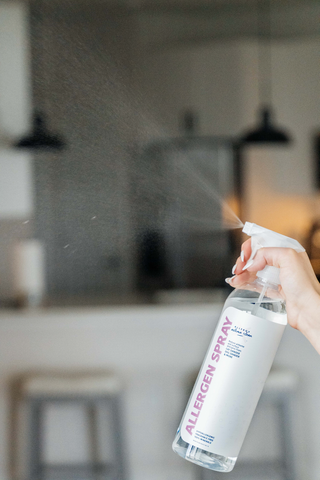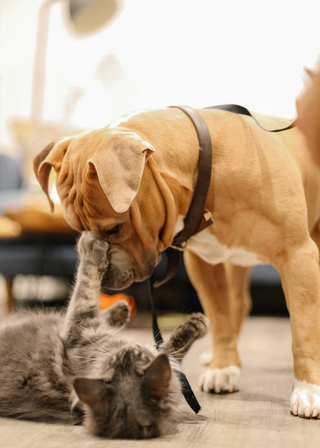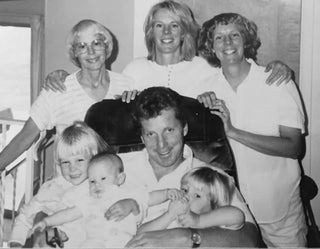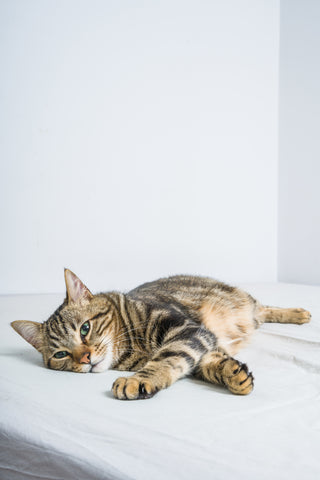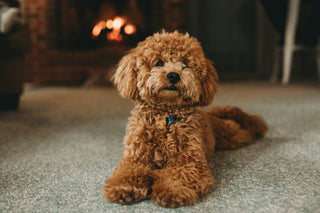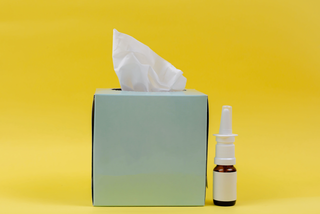7 Easy Ways to Improve Your Indoor Air Quality, Today
Do you know pet dander is something that affects indoor air quality? Did you know some air cleaners emit ozone which is considered an indoor pollutant? But what’s the most important thing you need to know? Poor indoor air quality could affect your health. It’s easy to pass off the quality of your indoor air as something not worth considering, but you’ve heard of the saying, health is everything?
That saying goes way back.
The American poet Ralph Waldo Emerson once said, "The first wealth, is health". And he’s not the only one. Mahatma Gandhi, a famous lawyer from India in the 1940’s said, "It is health that is real wealth, and not pieces of gold and silver". Add to this list Greek philosophers and physicians of old such as Herophilus, Epicurus and Hippocrates. All these men knew without health you have nothing.
Isn’t breathing healthy air part of that equation?
Challenge is 90% of the time we all stay put inside and that poses the problem. Poor indoor air could cause short or long term health affects. If you’ve got an abundance of mold or pet dander in your home, it could trigger shortness of breath, watery eyes, sneezing, coughing, dizziness, all symptoms that sound similar to an allergic reaction. Long term affects include cancer, heart disease and respiratory disease, all serious indeed.
The EPA says indoor air quality (IAQ) refers to the air quality within and around buildings and structures, especially as it relates to the health and comfort of building occupants.1
There are a number of factors inside your home or even workplace that contribute to poor air. The EPA calls natural pollutants biological pollutants. Those coming from plants and animals. Pet dander is considered a pollutant. And so are pollen, viruses, bacteria, mold, dust mite droppings as well as urine from rats and mice (when it dries, the urine becomes airborne2) and droppings from cockroaches, rodents and insects.
So what’s the best solution to deter these offenders?
Keep the humidity low in your home to something between 30-50% which lowers the chance of growth for dust mites and mold for instance. Vacuum. Clean your home. Dust. Make sure exhaust fans are working in bathrooms, kitchens and vent clothes dryers to the outside to keep moisture at a minimum.
There are other indoor air pollutants
One type is known as combustion pollutants. We cook with gas stoves. We might use the fireplace or wood stove. Perhaps we heat with coal. All these substances can release carbon monoxide and particulate matter into the air we breathe.
How to deal with combustion pollutants?
Simply open a window. Open a window to let fresh air in which dilutes the pollutants while allowing these pollutants to be pushed outside.
VOC or violate organic compounds are another source that irritate us in our homes. These include insecticides, cleaning products, air fresheners, craft supplies (glue, permanent marker etc), paint, dry cleaned clothing and some cosmetics (nail polish and remover for instance). New carpet or pressed wood furniture are also VOC. Formaldehyde is a well known VOC.
As far as VOC’s, remove certain materials such as paint, insecticides, cleaning products and aerosol spray products to the garage. Don’t purchase air fresheners, or smelly cleaning products. Permanent markers are a VOC and if crafting inside, just open a window. Purchase small amounts of products so they aren’t sitting in your cupboards.
Tobacco smoke is another combustion pollutant which adds a host of toxic chemicals into the air. A very serious one in that there are over 7,000 chemicals in the air from tobacco products.
Consider purchasing a portable air filter
This filter is designed for one room only so purchase one that’s rated for the square footage of the room you will be using the most. A bedroom is an ideal choice since you’ll be in that room more hours in the day than anywhere else in your home. If that’s not possible, upgrade your HVAC (Heating Ventilating Air Conditioning) air filter say from a 5 to a 13 MERV (Minimum Efficiency Reporting Values) rating. An HVAC filter can help improve your whole house while a portable air cleaner works only in the room it’s working in.
Do portable air filters work?
I have seasonal allergies and can attest if the portable air filter is running at night in my bedroom, i use far less tissues in the morning. And this clinches it for me: Modest empirical evidence suggests that mechanical filters will have positive effects on health, especially for reducing adverse allergy or asthma outcomes, but not on acute health symptoms in the general population, often called sick-building syndrome (SBS) symptoms.2
How do you determine which air filter to buy?
According to ASHRAE (American Society of Heating, Refrigerating and Air-Conditioning Engineers) Many packaged air cleaners using multiple technologies are tested using the protocol of the Association of Home Appliance Manufacturers (AHAM) (AHAM 2013) to determine performance reported as the clean-air delivery rate (CADR) for specific contaminants (usually dust, tobacco smoke and pollen).The performance is a function of the inherent efficiency of the air-cleaning technologies used and the device airflow rate, as well as the indoor setting.3
In other words CADR is what you need to look for. The higher the rating the faster and more often it will clean the air. It’s important to understand a portable air filter only works in the room you place it in. It has to be rated for square footage in order for it to work effectively.
Quick points you can do today to reduce indoor air pollutants
1.) Keep moisture levels low in your home between 30-50%. How do you do that? Make sure exhaust vents for your clothes dryer, and vents in bathrooms and kitchens are working.
2.) Vacuum and dust weekly. Clean your home regularly. It’s easy if you clean 10 minutes a day, every day.
3.) Open your windows, except on high pollen count days. Let the air flow. Get a cross breeze going.
4.) If you smoke, smoke outside.
5.) Remove pesticides, cleaning products and paint to the garage.
6.) Refuse to use air fresheners.
7.) Purchase a portable air cleaner or upgrade your HVAC system air filter.
As a side note- what about travel?
I’ve noticed a number of older hotels use air fresheners in their hotel rooms. Avoid them if possible. Ask to “view" a room and explain your sensitivity to air fresheners or cleaning products. Do you notice scents in the reception area? If you smell air freshener chances are the room will smell worse. If you’re stuck, open a window if you can and turn on the portable air cleaning machine you brought with you.
And since wealth is health, it’s time to put a little more effort into the air you breathe?
1 https://www.epa.gov/indoor-air-quality-iaq/introduction-indoor-air-quality
3 https://www.ashrae.org/file%20library/about/position%20documents/filtration-and-air-cleaning-pd-feb.2.2021.pdf


